Natan Andrei
Distinguished Professor
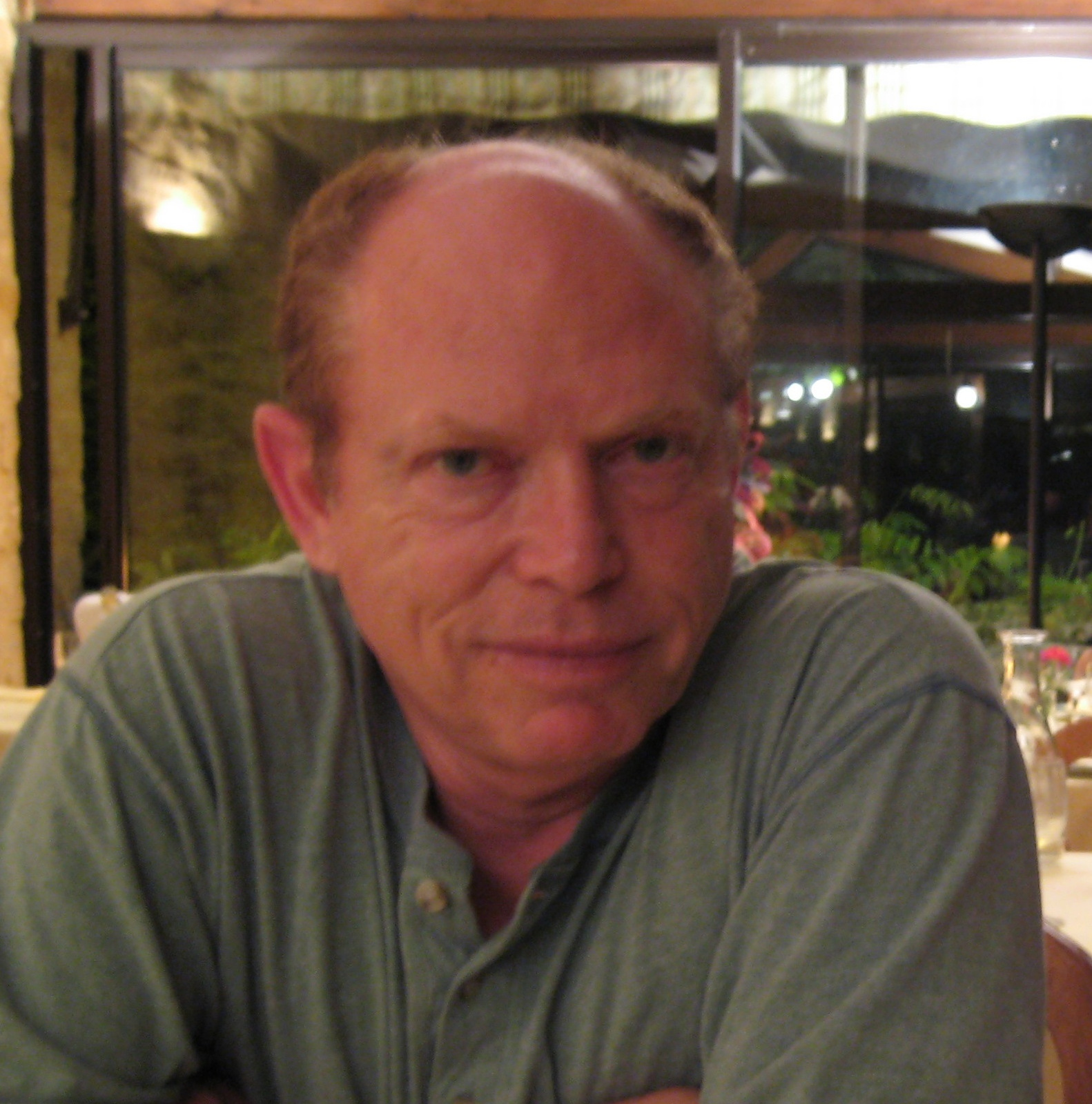
Natan’s research interests are in the areas of particle physics and condensed matter physics. In the former he is studying the relations between conformal and integrable field theories as well

Natan’s research interests are in the areas of particle physics and condensed matter physics. In the former he is studying the relations between conformal and integrable field theories as well
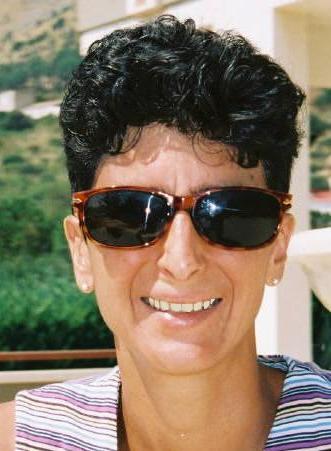
Her current research interests include frustrated magnetism, dielectric/metallic superlattices, quantum critical polar materials and more generally the possibility of new phases in strongly correlated materials.
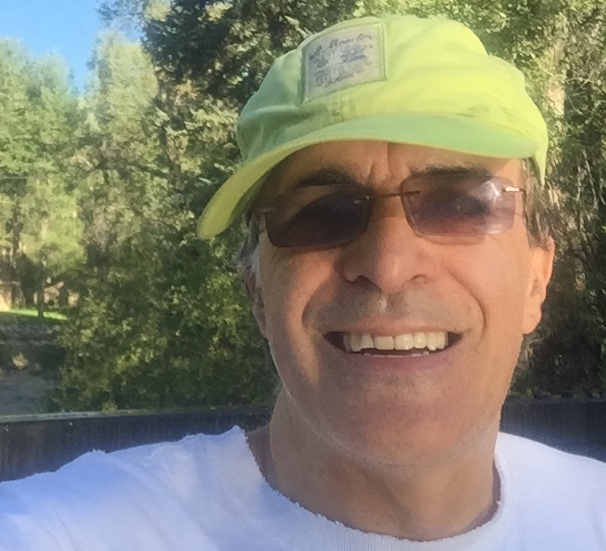
Piers Coleman is known for his work related to strongly correlated electron systems, and in particular, the study of magnetism, superconductivity and topological insulators. He is the author of the
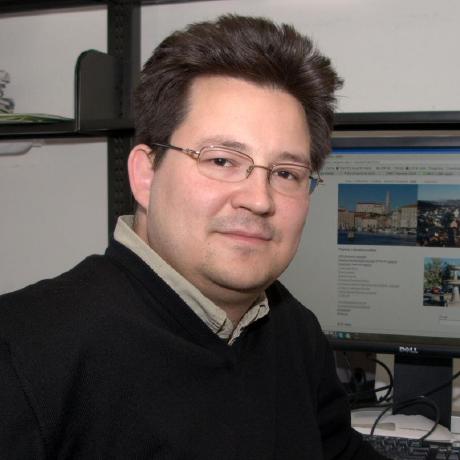
Haule’s research specialties are in electronic structure theory for correlated electron solids and algorithm development. He is the inventor of the variational diagrammatic Monte Carlo method, and he devoted most
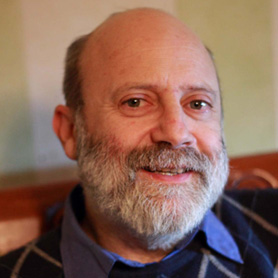
His research efforts have two aspects: i) the development of novel methodologies and ii) the application of these methodologies to challenging new materials and phenomena. His research spans the areas
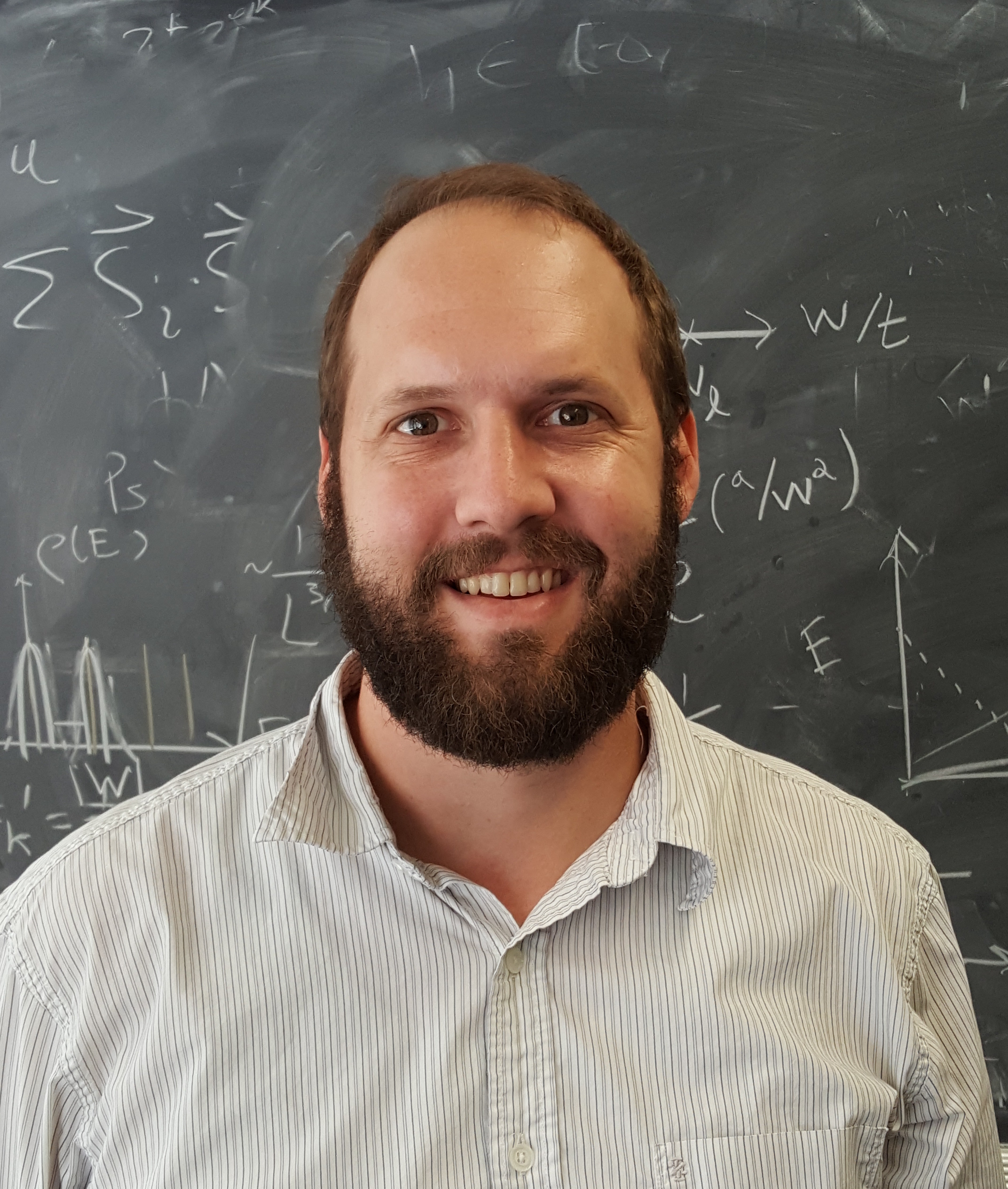
Pixley’s group is interested in the theoretical description of a broad class of quantum many body systems and quantum phase transitions using a combination of numerical techniques and analytic methods.
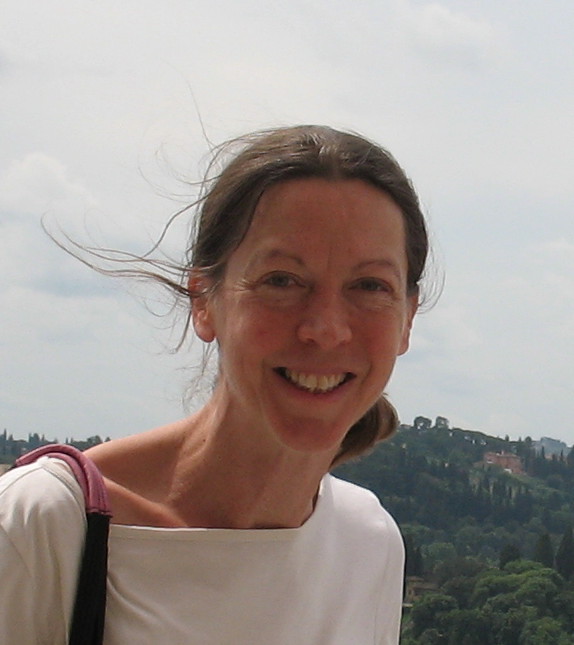
Chemical and structural complexity has proved to be an critical factor in producing a variety of fascinating properties of solids, including ferroelectricity, large piezoelectric and dielectric responses, and multiferroicity in
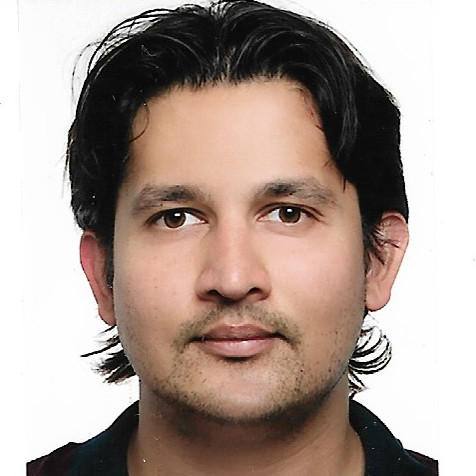
Ananda’s research interest lies at the interface of condensed matter physics, quantum information and quantum field theory. In the recent years, he has been investigating entanglement properties of quantum field

In recent decades, first-principles methods of computational electronic-structure theory have provided extremely powerful tools for predicting the electronic and structural properties of materials, using only the atomic numbers of the
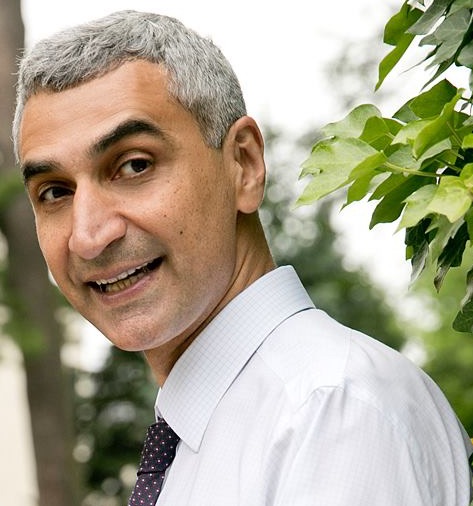
My research focuses on the theory of strongly interacting and disordered systems. I am interested in new kinds of correlated states of matter that arise in various interacting many-body systems,